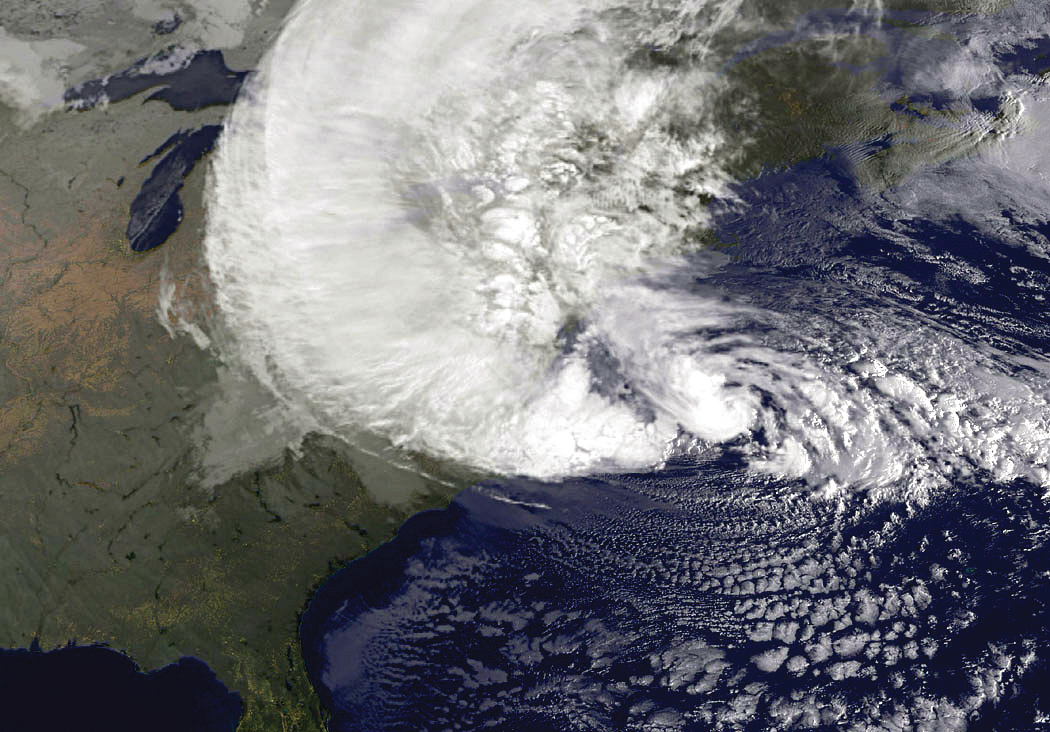U.S. Army Corps of Engineers announced that the corps’ scientists and engineers launched a collaborative study on Tuesday to determine how best to reduce flood and storm damage risks for people and communities along the North Atlantic coast.
The Act authorizes up to $20 million to “… address the flood risks of vulnerable coastal populations in the areas that were affected by Hurricane Sandy within the boundaries of the North Atlantic Division of the [U.S. Army] Corps [of Engineers],” and requires completion of the study by January 2015.
While compiling the study, officially known as the North Atlantic Coast Comprehensive Study, scientists and engineers will consider future sea-level rise scenarios and integrate economic, climatological, engineering, environmental and societal data from Virginia to Maine to develop a comprehensive framework to reduce coastal flood risk and promote resiliency, said Joseph Vietri, director of the National Planning Center of Expertise for Coastal Storm Risk Management, who is leading the effort for the Corps.
According to Vietri, the study will be collaborative, comprehensive and integrated, and conducted in partnership with federal and local government representatives as well as non-government organizations, academia, technical experts and interested parties.
Source: U.S. Army Corps of Engineers
Topics USA
Was this article valuable?
Here are more articles you may enjoy.


 Allstate Reports Second Quarter Pretax Catastrophe Losses of $2.1B
Allstate Reports Second Quarter Pretax Catastrophe Losses of $2.1B  Soccer Officials Arrested After Melee That Damaged Hard Rock Stadium in Miami
Soccer Officials Arrested After Melee That Damaged Hard Rock Stadium in Miami  Study Urges Rethinking of Disaster Management in Era of Compounding Events
Study Urges Rethinking of Disaster Management in Era of Compounding Events  Travelers Reverses Q2 Income Loss, Narrows Underwriting Loss
Travelers Reverses Q2 Income Loss, Narrows Underwriting Loss 

